Southwest backtracks yet again with another big change — to its boarding process
First came assigned seats. Then checked bag fees. Up next: a move to traditional boarding groups. Southwest Airlines is reversing course on yet another key promise it made in the not-so-distant past. For months, the airline had made clear that its unique boarding process — single-file lines, numbered posts and such — would remain mostly …

First came assigned seats. Then checked bag fees. Up next: a move to traditional boarding groups.
Southwest Airlines is reversing course on yet another key promise it made in the not-so-distant past.
For months, the airline had made clear that its unique boarding process — single-file lines, numbered posts and such — would remain mostly intact even as it shifted away from open seating. But this week, a top executive at the Dallas-based carrier confirmed the airline is now planning to go in an entirely different direction.
Related: The Day Southwest Died’: Reactions pour in about the carrier’s big changes
“As it stands today we are going to do away with the lining up,” Southwest executive vice president of operations Justin Jones said, speaking this week on the Airlines Confidential podcast.
The changes will take effect once Southwest begins its new assigned seating model, planned for early 2026.
At that point, Jones said, the carrier will ditch its one-of-a-kind boarding process in favor of one that will largely resemble the procedures used by its competitors — and it will spell the end of the silver stanchions that line its gates.
“We decided to do away with those at assigned seating,” Jones said this week. “It allows us to break the groups up into smaller groups and have that more ordinal boarding towards the back half of the boarding process.”
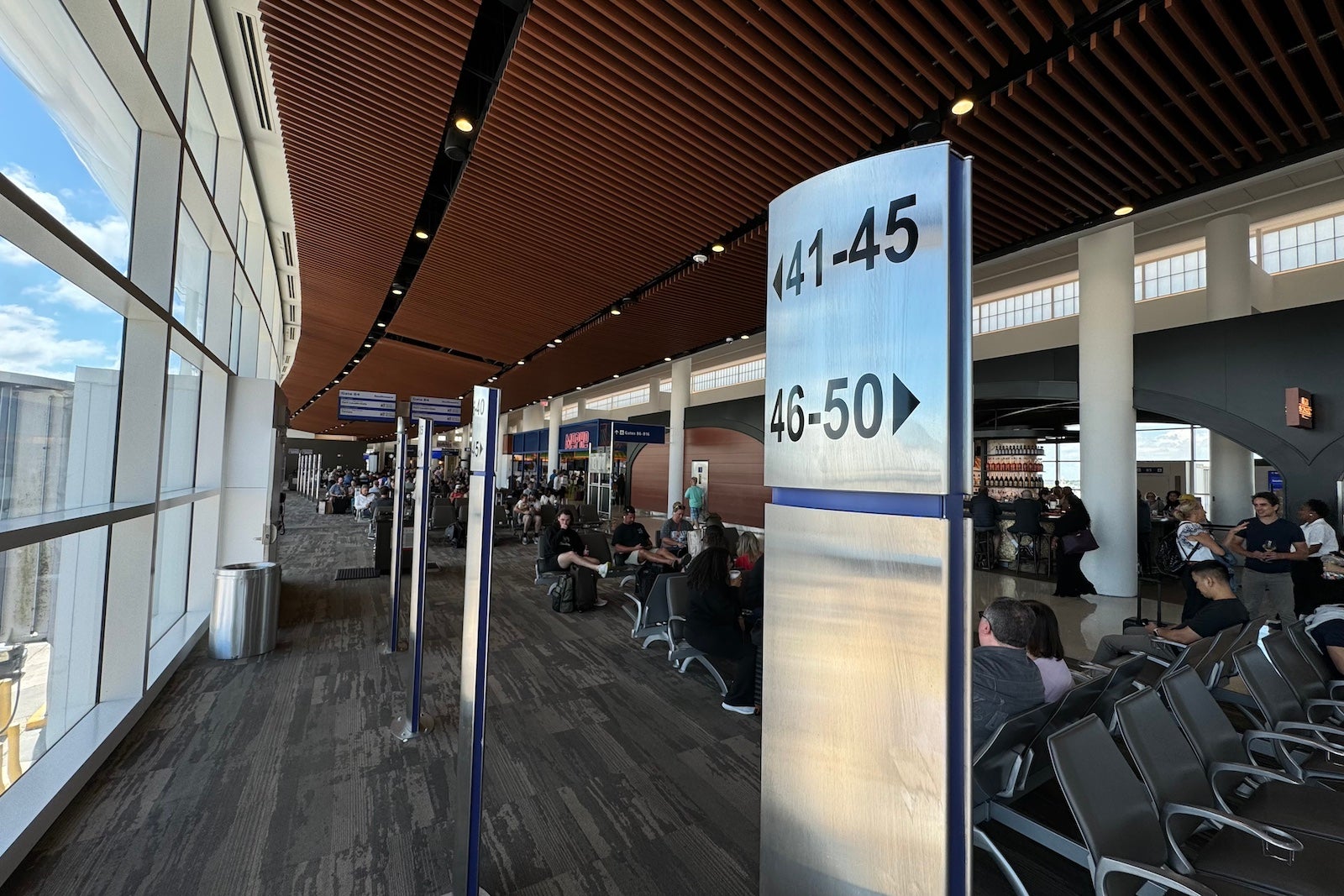
More than ‘tweaks’ previously planned
To be clear, Southwest’s existing boarding process needed at least some changes, at a minimum. After all, the current setup is tailored to its open seating model that’s on the outs: Customers get an individual boarding position — a de facto spot in line — and then line up along the silver posts before proceeding to the gate agent and onto the jet bridge.
As recently as January, Southwest executives had claimed the carrier would keep the essence of that process even as it moved to assigned seating, save for a few necessary “tweaks.”
“It’ll feel very familiar to Southwest customers, with boarding positions, lining up sequentially, using the stanchions,” Southwest executive vice president Ryan Green said, speaking to me in Washington, D.C., on Jan. 15.
“The customer is going to get a boarding position and then they’ll also get a seat assignment,” Green added. “Our customers really appreciate the calmness at the gate of the lining up.”
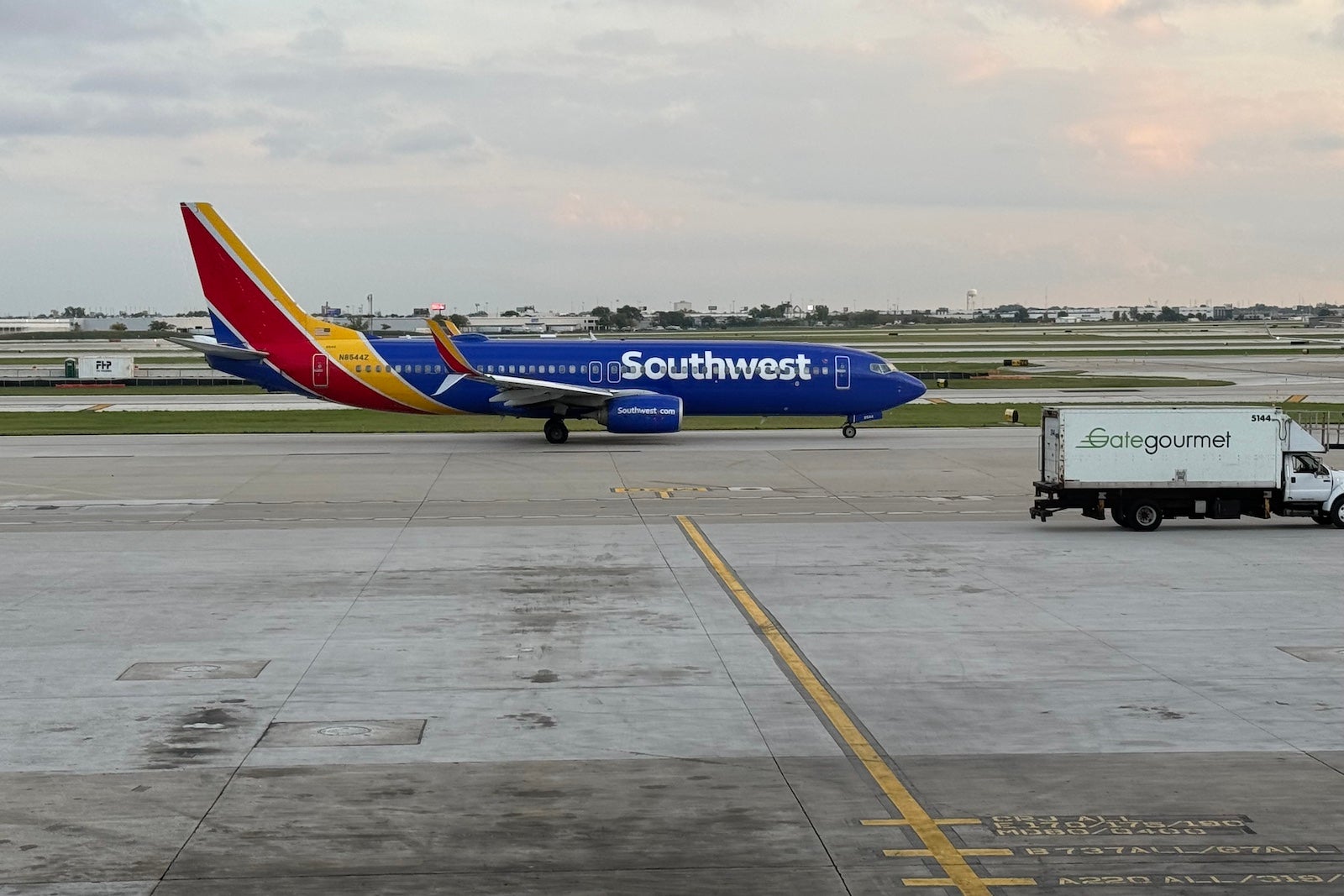
A series of 180-degree pivots
But if there has been one theme consistent in Southwest’s changes of recent weeks, it’s that whatever executives said last year — or even a couple of months ago — may not ring true today.
Over the last month, the airline ended its hallmark two-free-checked-bags policy and slashed earnings rates for Rapid Rewards points on lower-level fares — both moves that, last fall, the airline explicitly said it wouldn’t make despite wholesale changes at the company.
Recent weeks also brought the first employee layoffs in Southwest history, all as the carrier faces continued pressure from activist investor group Elliott Investment Management.
Green himself, who earlier this year spoke of maintaining that “familiar” boarding process, will resign his post effective April 1, according to a filing last month with the U.S. Securities and Exchange Commission.
Speaking at an industry conference on March 11, Southwest CEO Bob Jordan said the carrier was “evolving very rapidly.”
As it relates to the evolved thinking on Southwest’s boarding process, Jones acknowledged that the airline went “back and forth” on the decision. But he specifically cited the airline’s hope to make its boarding process more consistent with those seen at other airlines, speaking on the podcast this week.
“The reason is just ultimately, just decided for consistency of our product,” he said. “Not only for Southwest, but also what you might experience on other airlines, it was just easy to kind of go to a little bit more of an industry-standard boarding process.”
Southwest’s boarding process makeover will come as the airline aims to reduce operational “turn times,” or the time it takes between flights to deplane and then prepare the aircraft for its next flight. The time it takes for passengers to board is a big part of that equation.
And additional changes to Southwest’s boarding plans are still possible, the company acknowledged Friday.
“With the multitude of upcoming changes to our product, we’re continuing to refine how all of it works to best maintain our strong operational performance,” a spokesperson told TPG. “As the teams continue their modeling and testing work … additional tweaks are very possible.”
What’s next?
It seems a likely bet Southwest will aim to capitalize on boarding groups as part of its Rapid Rewards loyalty program and its suite of cobranded credit cards, as other airlines do. On other carriers, nicer seats, elite status and credit card membership often come with earlier boarding access.
Southwest is increasingly an airline that looks like its peers, with its bag fees set to take effect May 28 and its assigned seating switchover planned for the first three months of 2026.
Still, after yet another 180-degree shift on a key customer-facing policy, Southwest loyalists are right to ask: What else could be on the horizon?
Related reading:
- When is the best time to book flights for the cheapest airfare?
- The best airline credit cards
- What exactly are airline miles, anyway?
- 6 real-life strategies you can use when your flight is canceled or delayed
- Maximize your airfare: The best credit cards for booking flights
- The best credit cards to reach elite status
- What are points and miles worth? TPG’s monthly valuations

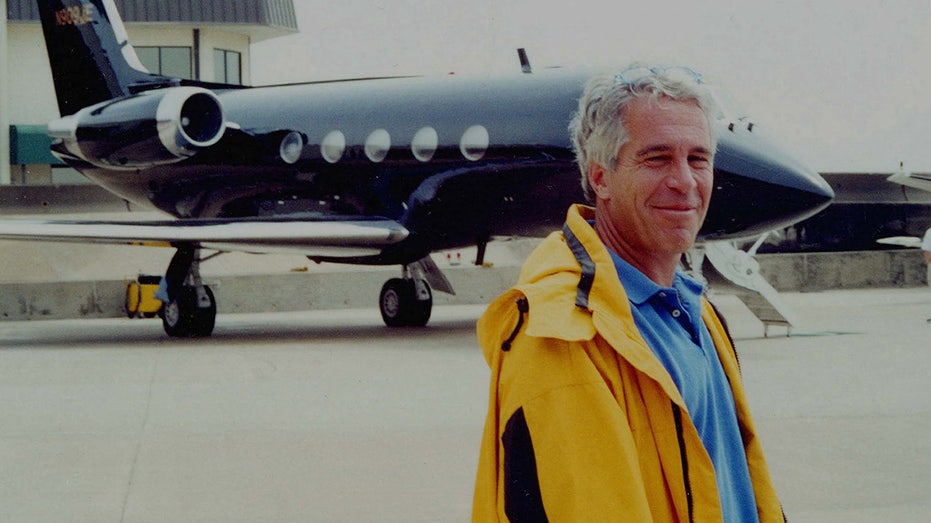


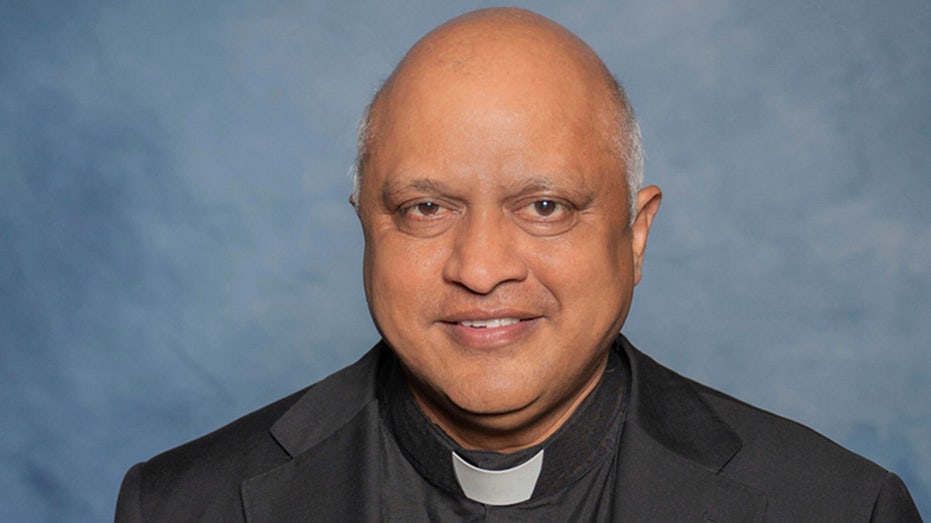









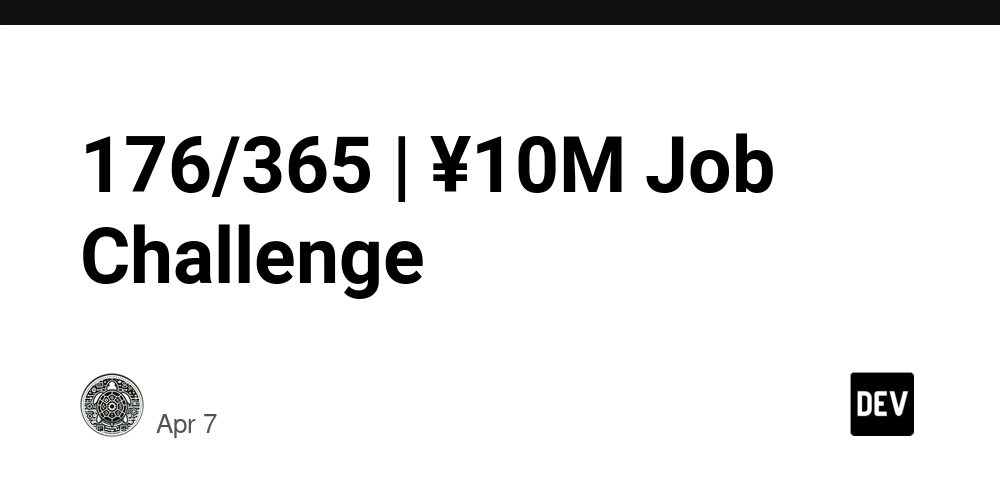




_NicoElNino_Alamy.png?#)























































